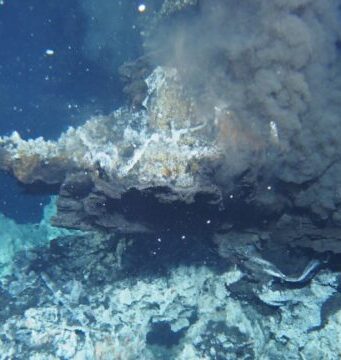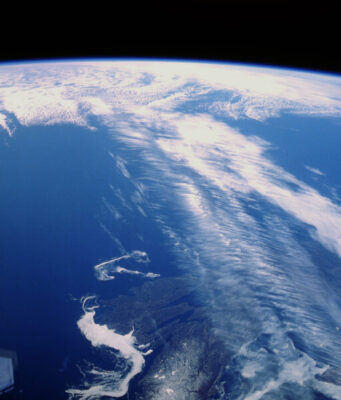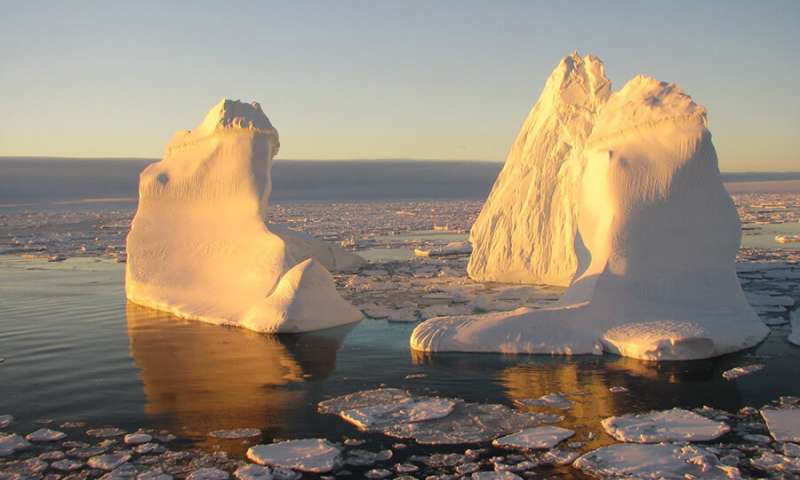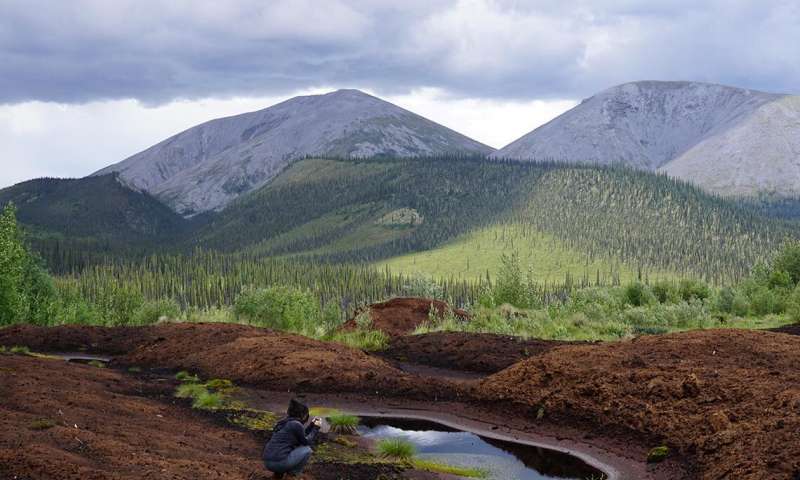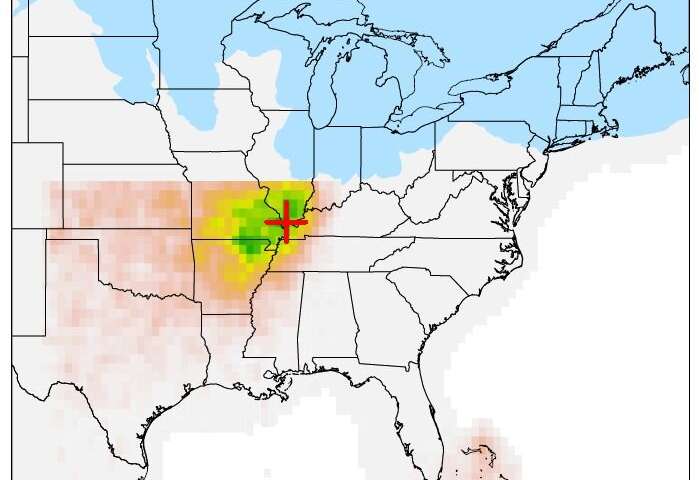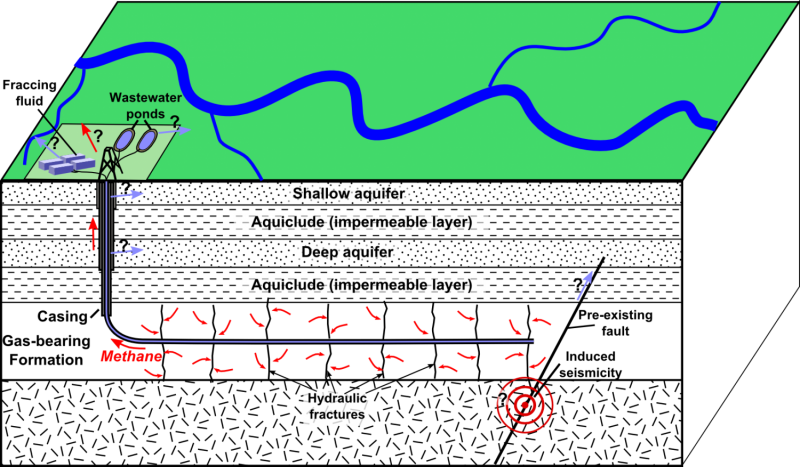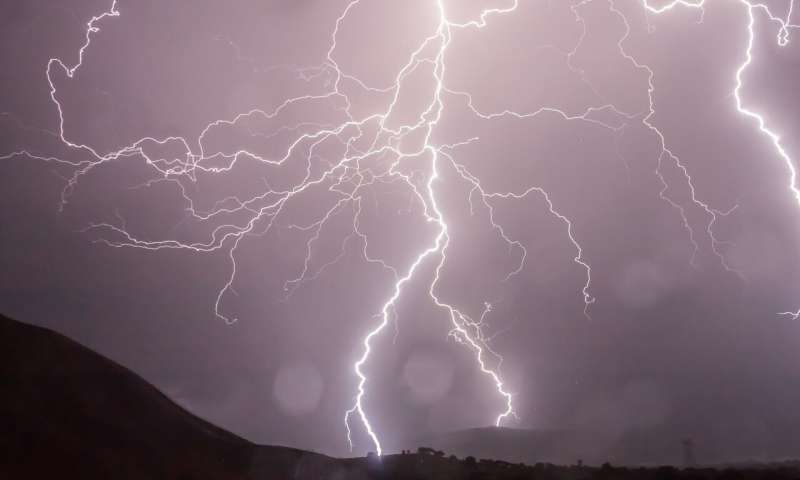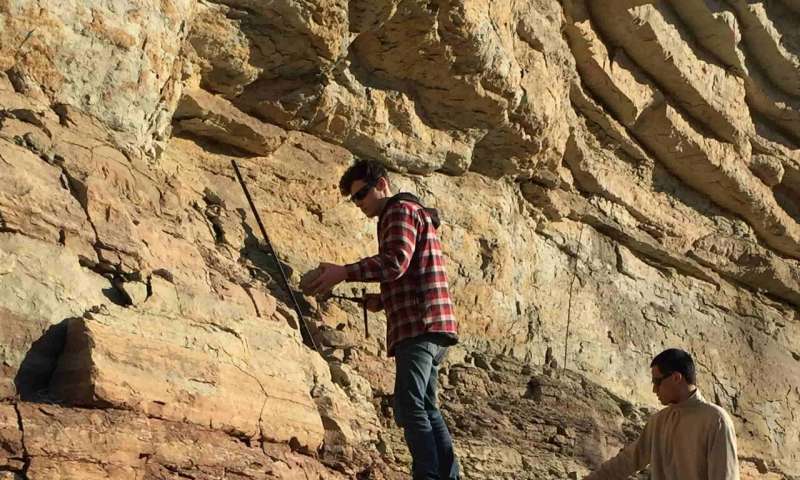The North Atlantic warming hole (NAWH), a region of reduced warming located in the North Atlantic Ocean, significantly affects the North Atlantic jet stream in climate simulations of the future, according to a team of researchers.
Sea surface temperatures (SST)...
Researchers say mercury buried in ancient rock provides the strongest evidence yet that volcanoes caused the biggest mass extinction in the history of the Earth.
The extinction 252 million years ago was so dramatic and widespread that scientists call it "the Great...
If you have ever wondered how much electric vehicle (EV) adoption actually matters for the environment, a new study provides evidence that making this switch would improve overall air quality and lower carbon emissions.
The Northwestern University study quantified the...
Primitive ponds may have provided a suitable environment for brewing up Earth's first life forms, more so than oceans, a new MIT study finds.
Researchers report that shallow bodies of water, on the order of 10 centimeters deep, could have...
Scientists from the University of East Anglia have discovered a unique oil eating bacteria in the deepest part of the Earth's oceans—the Mariana Trench.
Together with researchers from the China and Russia, they undertook the most comprehensive analysis of microbial...
A new University of Toronto study confirms that recent climate warming in the central Yukon region has surpassed the warmest temperatures experienced in the previous 13,600 years, a finding that could have important implications in the context of current global...
During the last ice age, which peaked around 21,500 years ago, glaciers covered large portions of North America, including the entire Great Lakes region. Once the ice retreated, the land was gradually repopulated by trees that eventually formed dense...
Two moderate-sized earthquakes that struck the southern Sichuan Province of China last December and January were probably caused by nearby fracking operations, according to a new study published in Seismological Research Letters.
The December 2018 magnitude 5.7 and the January 2019...
No one has a firm grasp on the dimensions and activity of the lowest part of our upper atmosphere, known as the ionospheric D region, because it's literally a moving target. Located 40 to 60 miles above the Earth's...
The beginning of the end started with violent shaking that raised giant waves in the waters of an inland sea in what is now North Dakota.
Then, tiny glass beads began to fall like birdshot from the heavens. The rain...
Roughly 430 million years ago, during the Earth's Silurian Period, global oceans were experiencing changes that would seem eerily familiar today. Melting polar ice sheets meant sea levels were steadily rising, and ocean oxygen was falling fast around the...


